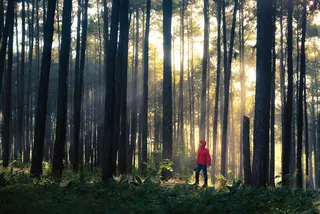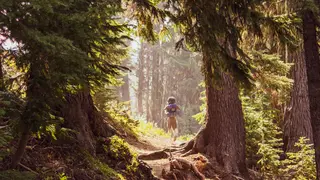
Whatever line of work you are in, there are probably bits of jargon that you use. In our world, we talk a lot about forest management, and naturally enough, about sustainable forestry.
Sustainable forestry has evolved over the decades to encompass the various ways we ensure that forestland maintains its productivity and vitality; its biodiversity and support for wildlife; its capacity to regrow and regenerate itself; its supportive function in maintaining healthy soil and clean water; and all the economic and social functions that land plays in local communities and ecosystems — from hunting and fishing to birdwatching and hiking.
How do we do this? Who are the forest stewards, and what do they do to ensure our nation’s forests stay healthy?
For starters, sustainable forestry is supported by communities with long histories — sometimes a century or more — of forestry. We call them “wood baskets.” And here are the things you’ll find in every wood basket community, whether it’s rural North Carolina or western Arkansas or upper Michigan or the hinterlands of Maine. You’ll find family forest owners who conduct and pass on best practices to their children and grandchildren the way their parents and grandparents did to them.
One of the most important groups of organizations are the various independently-run and independently-audited forest certification standards organizations to which all of our member companies belong. These groups set benchmarks that landowners and industry have to meet to stay in their good graces, and to satisfy the demands of responsibly sourced, sustainable produced products.
It’s the work of all of these people and groups that together comprise the paper and packaging industry’s sustainable forestry efforts. But here’s the real secret: Sometimes maintaining sustainable forests means simply letting the land do its thing. Forests are incredible at capturing carbon, filtering water, sustaining soil, sheltering wildlife and regenerating themselves in the face of disease, pests and fire.
Today we can assure you our industry is doing it right. We plant roughly twice as much wood each year as we harvest.
And as long as there is a healthy demand for our products, this network of people and organizations will continue to do all the things it takes to protect our resources and keep our forests thriving.
Learn more about Forestry, as well as the added benefits and solutions from our other industry associations on our Association Partners page.
View Association Partners


